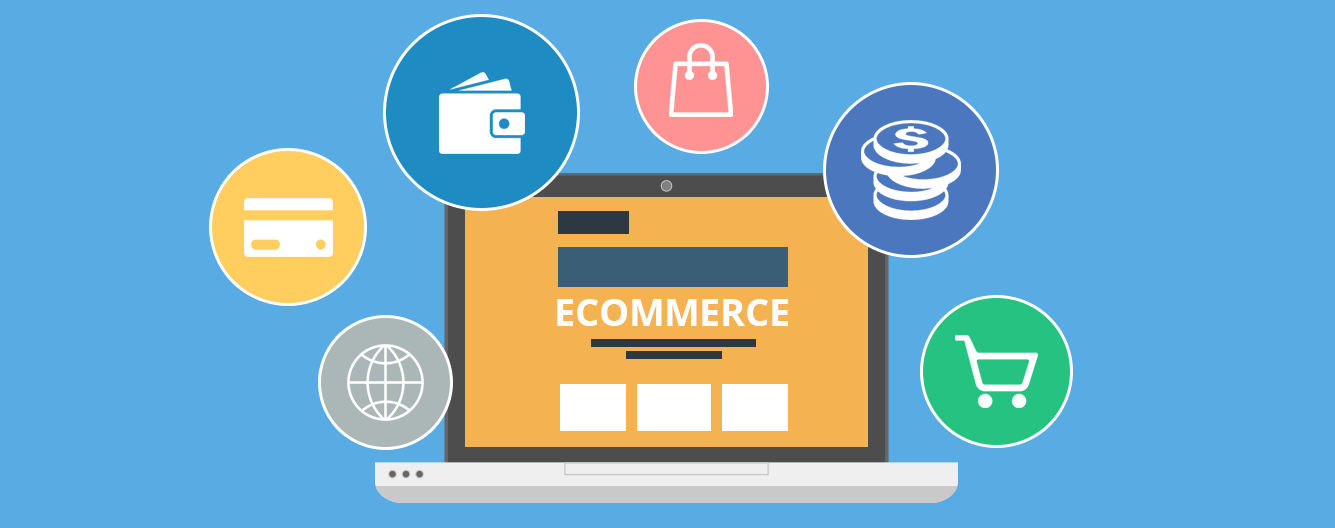The United Arab Emirates (UAE) was not spared from the economic contractions brought about by the COVID-19 pandemic. The decline in the prices of oil showed how important it was for the emirates to diversify their economies. As the low demand for oil slowed the UAE’s economy, one of the industries that soared during the pandemic was e-commerce.
It was estimated that from 2018 to 2022, UAE’s e-commerce market size will continue to grow rapidly, and sales will grow by 23% every year. The Gulf Cooperation Council (GCC) has helped drive this growth by providing regulatory support, promotional initiatives, and increasing interest from the business sector.
How has UAE’s e-commerce industry changed in the last two years? What can platforms and vendors expect from consumers who want to maximize their online shopping experience?
How the Pandemic Increased E-commerce Market Size in UAE
Before the pandemic, e-commerce in UAE was mostly driven by the younger population making online purchases. In 2019, 71% of young Arabs in the region were shopping online, and that number increased to 80% by 2020. Throughout that year, online grocery shopping also drove the adoption of e-commerce in UAE, due to pandemic lockdowns and restrictions on movement.
More consumers grew accustomed to online transactions in the UAE in 2021 from 2020. Reports have shown that up to 75% of consumers turned to e-commerce in UAE, making purchases across all product categories. By the end of 2021, consumers in the UAE have also been buying more through foreign e-commerce, increasing its percentage in sales to 26%.
The Middle East and North Africa (MENA) region is a mostly cash-based economy, but during the pandemic, consumers became more comfortable using their debit and credit cards for transactions. To date, cards have become their preferred method of payment. The total market size of e-commerce in UAE and the rest of MENA was valued at $31.7 billion.
As economies in the GCC try to bounce back from losses during the pandemic, it has now turned to the e-commerce industry to revive economic activity. Saudi Arabia and the UAE account for 80% of the MENA region’s e-commerce market size.
Opportunities in UAE’s E-commerce Market

With e-commerce increasing in market size for retail purchases in the UAE, may small and medium-sized enterprises (SMEs) can take advantage of the growth by transitioning to digital storefronts. The digital economy in UAE will expand rapidly, thanks to the rapid adoption of consumers in the country, so retailers across all sectors will benefit from adding e-commerce to their purchasing options.
Consumers are now more trusting of online shops and payment portals, so localization for foreign retailers will help gain the confidence of online shoppers in the UAE. Some brands have started launching Arabic websites to encourage purchases from MENA, and this will aid the growth of these businesses across the region.
As the young and tech-savvy population of the UAE drive the growing e-commerce market size in the country, e-commerce will become more profitable in the coming years. Digital payments and online retail goods and services will become more common, and both the public and private sectors in the UAE can only take advantage of this growth.



